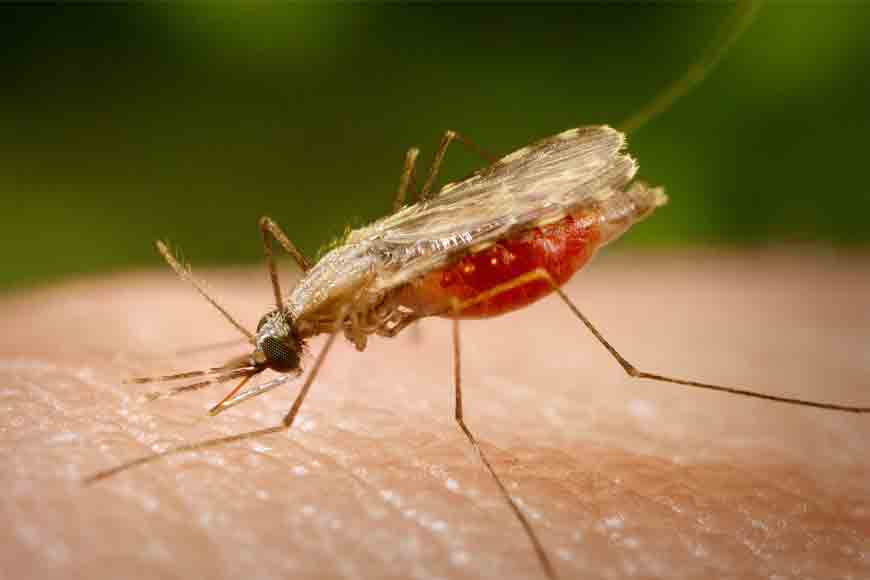Follow Marlon Brando to eradicate mosquitoes

With Kolkata and suburbs reeling under the death nail of the menacing Aedes and Anopheles mosquitoes, the authorities are on their toes as to how to control these pests that are killing citizens, thanks to the deadly virus and protozoa they carry. What is worse, the dengue virus is constantly changing form and mutating, thus fooling the body’s immune system leading to multi-organ failure. In Bengal alone, it has come in such a virulent form this year, that within two days, healthy individuals are succumbing to the virus.
So, the only way to control this vector borne disease that seems to have turned deadly this season is to control mosquitoes. May be just the way Hollywood actor Marlon Brando did to eradicate Aedes mosquitoes from the Polynesian Island that he had bought. An innovative program has nearly eradicated the insects on the late actor’s private island, where no pesticides or genetic engineering was needed. Brando fell in love with and secured ownership of the Polynesian atoll of Tetiaroa in 1967. Now the area is home to one of the most successful mosquito-control efforts on Earth. In just six months, without the use of chemical pesticides or genetic modification, researchers have freed one of the atoll’s islets from Aedes polynesiensis, an invasive mosquito species that is the vector of diseases such as dengue, chikungunya, and Zika.

The process was simple, introducing certain male mosquitoes that would mate and sterilize the wild females in a particular locale, rendering their eggs nonviable. After a few rounds of such treatment, the population is unable to reproduce itself and collapses. Mosquitoes can pass on viral infections to their offspring, and their eggs can lie dry and dormant for extended periods—eggs of Aedes aegypti that causes dengue can last a year before getting rehydrated and hatch. That means any truly successful eradication program is going to require diverse approaches.
Interestingly, about 60 percent of aedes mosquitoes carry a harmless bacteria called Wolbachia in their cytoplasm. When a male mosquito infected with Wolbachia A type mates with a female infected with Wolbachia B type, the fertilized eggs fail to develop as a result of what is called cytoplasmic incompatibility. The adults may be perfectly healthy—and could even mate successfully with other individuals if their bacterial strains matched—but mismatched insects won’t produce any offspring.
This is what Brando did on his island and this is what we can do too. At the very beginning of the project, the team on Tetiaroa set baited traps and caught large amounts of wild mosquitoes. The bugs were given an antibiotic to wipe out the naturally occurring Wolbachia in their systems, and then they were infected with another strain of Wolbachia from a different population. The team let the treated mosquitoes breed, then worked solely from that population. As new broods reached the pupa state, a mechanical sorter separated them by size to pull out the males, which are smaller. Samples were verified under a microscope to ensure no females had snuck into the bunch—at less than one per 10,000, the system’s record is strong.
The scientists then set the females aside with some males so they could get started making the next generation of pupae carrying the foreign strain of Wolbachia. The team releases its lab-born males in large numbers every week. Since these males are incompatible with the wild females, none of the fertilized eggs will hatch. Six months after the project began, the team had nearly eradicated Ae. polynesiensis from the atoll’s Onetahi islet.
This model has also been used in some islands of Australia. Scientists there are introducing the bacteria into Aedes aegypti. Rather than creating infertile insects, the bacteria inhibit the growth of viruses and render the adults incapable of transmitting them to their bite victims. The team releases both males and females to mate freely and spread the bacteria throughout the wild population.









